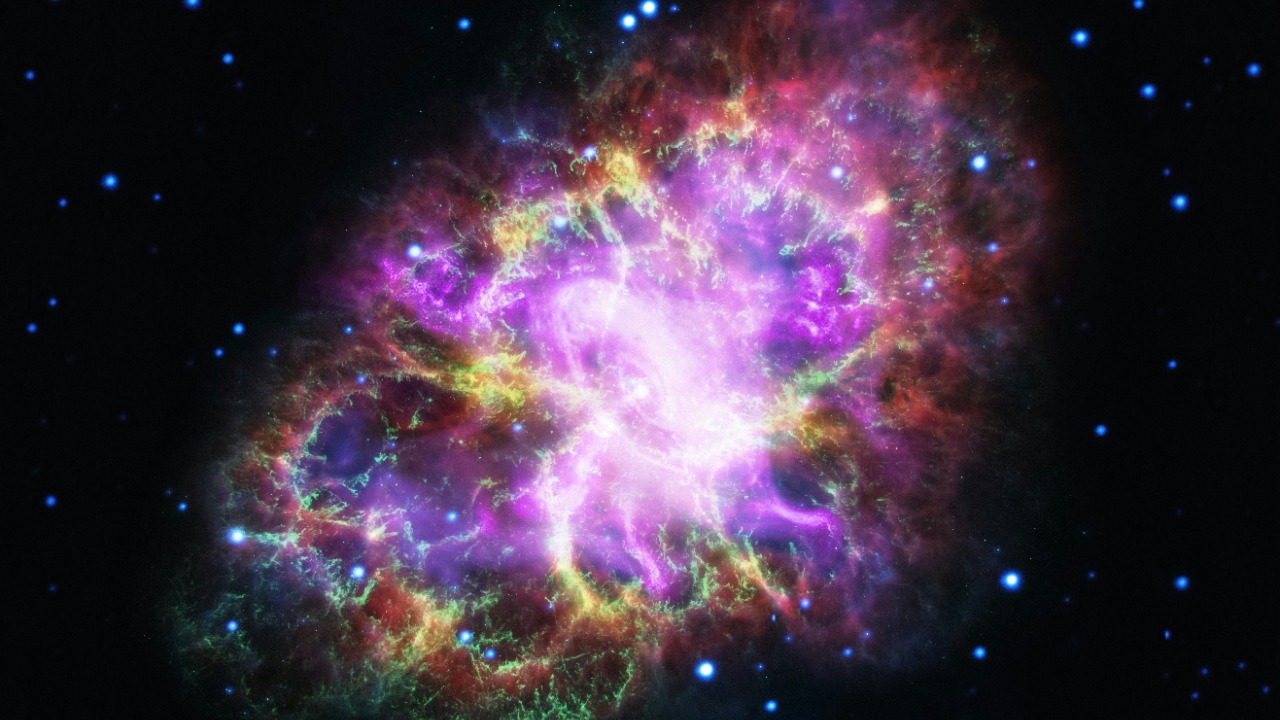
Astronomers have recently made a groundbreaking discovery, capturing the earliest observations of a supernova’s initial explosion. This observation has revealed a lopsided, asymmetric blast, challenging previous models of these cosmic events. The uneven distribution of energy in the outburst provides fresh insights into the final stages of a star’s life. This new data, obtained from advanced telescopes, could revolutionize our understanding of stellar deaths across the universe.
Understanding Supernovae Basics
Supernovae are massive stellar explosions that mark the end of a star’s life cycle. These cosmic events often outshine entire galaxies, albeit briefly. There are two main types of supernovae: Type Ia, which result from the detonation of a white dwarf, and core-collapse supernovae, which occur in massive stars. The event observed in this study falls into the latter category. Supernovae play a crucial role in the universe, as they disperse heavy elements essential for the formation of new stars and planets.
Capturing the First Moments
Observing a supernova within hours of its detonation presents significant challenges. These events brighten rapidly and are often located at great distances from Earth. However, the use of high-speed telescopes and automated surveys has made it possible to detect the initial light curve of the blast. Early detection allows astronomers to probe the interaction of the shockwave with the surrounding material, providing valuable insights into the nature of the explosion.
Evidence of Asymmetry in the Blast
Spectroscopic data from the observation reveals uneven expansion speeds in different directions during the explosion. This suggests that the blast was not symmetrical, a finding that challenges previous models of supernovae. Imaging data also shows a non-spherical shock front, indicating internal instabilities in the star’s core. This lopsided blast could be due to influences from the star’s magnetic field or uneven rotation.
Technological Advances Enabling the Views
The observation was made possible by advances in technology, particularly in the field of astronomy. Instruments like the Zwicky Transient Facility play a crucial role in rapidly identifying and alerting astronomers to new transients. Follow-up observations using multi-wavelength telescopes, such as the Hubble Space Telescope or ground-based arrays, provide detailed spectra of the event. Additionally, AI-driven analysis processes vast data streams to isolate supernova signals from background noise, enabling more accurate observations.
Implications for Stellar Evolution Models
The lopsided nature of the blast suggests that revisions may be needed to simulations of core-collapse dynamics. This could have significant implications for our understanding of stellar evolution. The asymmetry of the blast could also affect neutrino emissions, which are often detected in such scenarios. Furthermore, the findings could impact predictions of remnant types, such as neutron stars or black holes, that result from such blasts.
Future Observations and Research Directions
Upcoming missions, like the Vera C. Rubin Observatory, promise even earlier alerts for supernova events. This will allow for more detailed studies of similar events, helping to determine whether lopsided blasts are common or rare. Additionally, integrating these findings with gravitational wave data could open up new avenues for multi-messenger astronomy, providing a more comprehensive understanding of these cosmic events.
More from MorningOverview